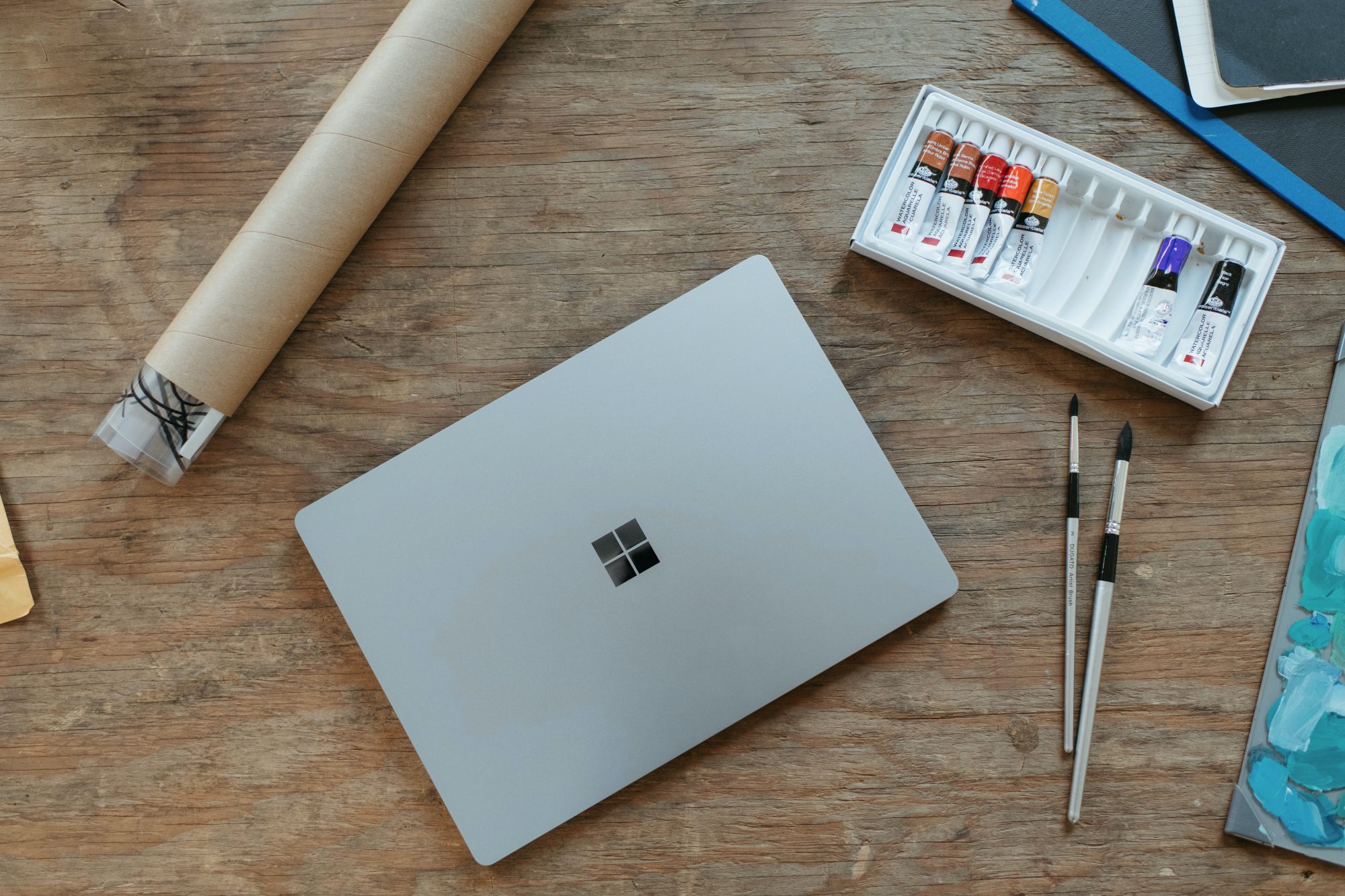The rise of hybrid working has enabled greater flexibility for employees, laying bare a wealth of opportunities for organisations when it comes to reimagining not only their office space but how they get work done
The collective experience of the last two years has left a big imprint on our lives and crucially, how we now define the role of work within that. Employees everywhere are rethinking their “worth it” equation and are voting with their feet.
As more workers experience the upsides of a more flexible schedule, employers must take note – and meet employees where they are at, or risk being left behind.
Employees are increasingly on the hunt for hybrid working, with 53% of people expected to consider transitioning to a hybrid working model in the year ahead. The best leaders recognise this demand for hybrid and create a culture that embraces flexibility and prioritises employee wellbeing, with the devices and tech to also support that focus. They understand that to do so instils a competitive advantage and helps them to build thriving organisations, driving long-term growth.
However, the widespread adoption of hybrid working comes at a critical time – as the threat from cyber criminals ramps up.
The vast increase in remote working during the pandemic led to a spike in the number of cyber attacks levelled at businesses, with reports identifying a 600% increase in cybercrime. Furthermore, 667 million new malware detections were discovered worldwide in 2020.
Now more than ever, organisations of all sizes must act accordingly to ensure their workforce, both situated in the office or remotely, is secured against increasingly sophisticated cyber threats.

The remote device revolution
As more and more businesses implement hybrid working policies, devices are critical to achieving long-term flexible working success. Not only do the right devices drive innovation and enable worker connectivity, but by supporting remote work from anywhere, organisations can attract and retain the highest calibre of talent available.
Employee expectations surrounding the devices they work with can vary and striking a balance of meeting these as well as organisational objectives can be tricky. The list can grow quick when considering the need to have correct tools capable of supporting hybrid working goals and productivity, while also offering efficiency, security and increased opportunities for collaboration and communication. Some workers may consider a powerful device on offer to be a perk they’ll happily utilise to make their working life easier, while others consider cutting-edge technology to be the bare minimum they need to get their work done.
Recognise individual needs and workstyles
The key is for organisations and their IT teams to recognise the individual needs and workstyles of their workforce and deploy the right devices to ensure their teams are fully equipped for success. However, their top priority must always be to keep in mind the importance of making sure those devices are properly secured, with advanced protection against the very real threat of cyber attacks and data breaches.
Security first approach
Organisations have heavily invested in securing their cloud and cloud tools over the last two years. Naturally, with the increase in devices on the network, comes an inevitable increase in opportunities for cyber attackers to make their way into systems, leaving IT teams under pressure to ensure the organisation is protected. To safeguard against increasingly sophisticated and targeted attacks, IT teams would do well to consider more than just software protection – but look into integrated hardware, firmware and software security, directly within the devices they deploy.
With 64% of organisations experiencing one or more endpoint attacks that compromised data or IT infrastructure, security teams must understand the urgent need to modernise endpoint security methods. Through innovative solutions, such as Firmware Attack Surface Reduction (FASR), PCs can be equipped with more hardware and software protection for users handling the most sensitive data within an organisation.
As operating systems are becoming more secure and resistant to compromise, advanced elements of a business’ IT provision, such as its firmware, kernel and hardware direct memory access (DMA) have emerged as targets for threat actors. While no device is impenetrable, many can now offer advanced protection techniques that help to ensure user identities and credentials are protected against theft, compromise, and phishing attacks – support which is essential in this era of heightened threat.
Hybrid working introduces more opportunities for both employees and employers
Ultimately, as hybrid working introduces more opportunities for both employees and employers, the digital attack surface also increases, as does the complexity of keeping this secure. IT teams must be supported to ensure that they can adequately protect the organisation’s devices, while the devices themselves help empower its people to securely do their best work, from wherever they are based.
This piece was written and provided by Alan Slothower, Head of Surface Commercial at Microsoft UK
At Microsoft Corporation, Alan Slothower is the Head of Surface Commercial, UK. He is responsible for the Surface commercial business focusing on driving business value for customers using Surface devices and accessories with the Microsoft platform.











